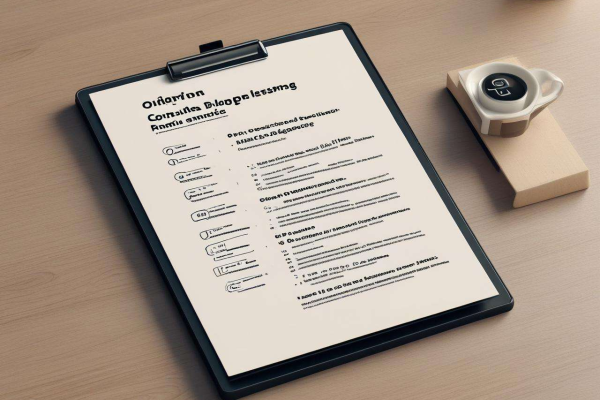How to Correct English Composition Clauses
When it comes to writing an English composition on how to correct clauses, it is essential to understand the various aspects and techniques involved. Correcting clauses is not only about identifying errors but also about improving the overall structure and clarity of the writing. This article will explore the different steps and strategies in correcting clauses to enhance the quality of English compositions.
First and foremost, one needs to have a solid understanding of the different types of clauses in English. There are main clauses, which can stand alone as complete sentences, and subordinate clauses, which depend on the main clause to make sense. Identifying these clauses correctly is the first step in the correction process. For example, in the sentence “Although it was raining, she went for a walk,” “Although it was raining” is a subordinate clause as it cannot stand alone as a sentence. Understanding the functions and structures of these clauses is crucial for accurate correction.

Another important aspect is the grammar rules related to clauses. Subject-verb agreement is a common area where errors occur. The verb in a clause must agree with the subject in terms of number and person. For instance, in the sentence “The group of students was excited,” the singular verb “was” is used because the subject “group” is considered singular. On the other hand, in the sentence “The students were excited,” the plural verb “were” is used as the subject “students” is plural. Paying close attention to subject-verb agreement helps in correcting clauses and ensuring grammatical correctness.
Punctuation also plays a vital role in correcting clauses. Commas, for example, are used to separate subordinate clauses from the main clause. In the sentence “After I finished my homework, I went to bed,” the comma after “After I finished my homework” is necessary to show the separation between the subordinate clause and the main clause. Without proper punctuation, the meaning of the sentence can be unclear or ambiguous. Additionally, other punctuation marks such as semicolons and colons can also be used in specific contexts to correct and enhance clauses.
In addition to grammar and punctuation, the logical flow and coherence of clauses need to be considered. Clauses should be arranged in a logical order to convey the intended meaning clearly. For example, in a narrative composition, events should be presented in a chronological order using appropriate clauses. Transitions between clauses also help in creating a smooth flow of ideas. Words and phrases like “however,” “therefore,” “moreover,” etc. can be used to connect clauses and show the relationships between them. Ensuring logical coherence makes the composition more readable and understandable.
Moreover, practice is essential in improving the ability to correct clauses. Reading and yzing well-written English compositions can help in identifying different types of clauses and their correct usage. Writing exercises specifically focused on clause correction can also be beneficial. By actively engaging in the process of correcting clauses, one can develop a better understanding of the grammar and language rules and become more proficient in writing.
In conclusion, correcting clauses in English compositions requires a comprehensive understanding of grammar, punctuation, logical flow, and practice. By paying attention to these aspects and applying the appropriate techniques, one can improve the quality of their writing and ensure that clauses are used correctly. Whether it is for academic writing or general communication, accurate clause correction is crucial for effective expression and clear communication. So, keep practicing and honing your skills in clause correction to become a more proficient English writer.





